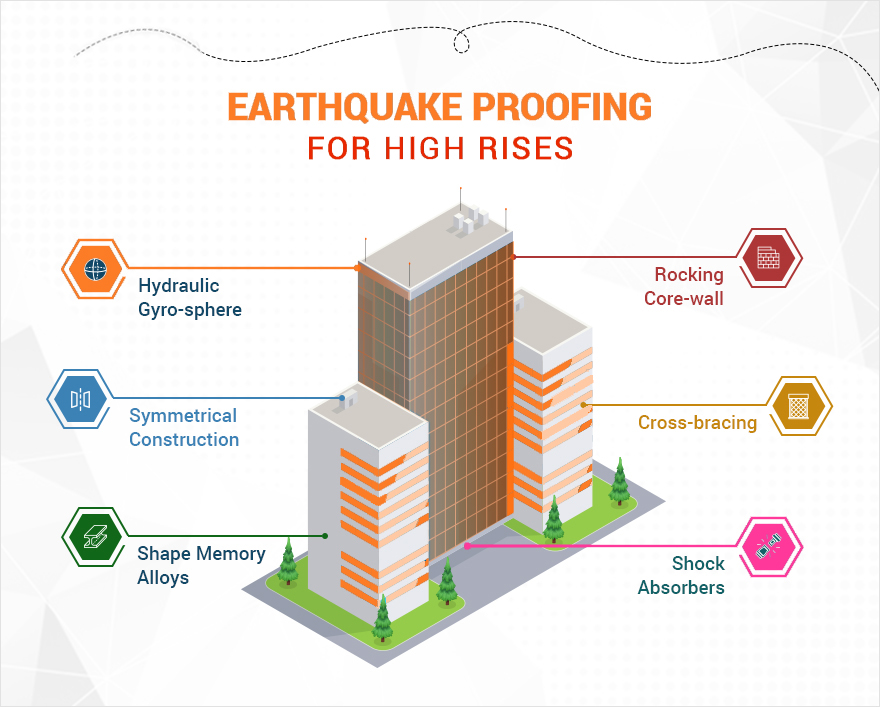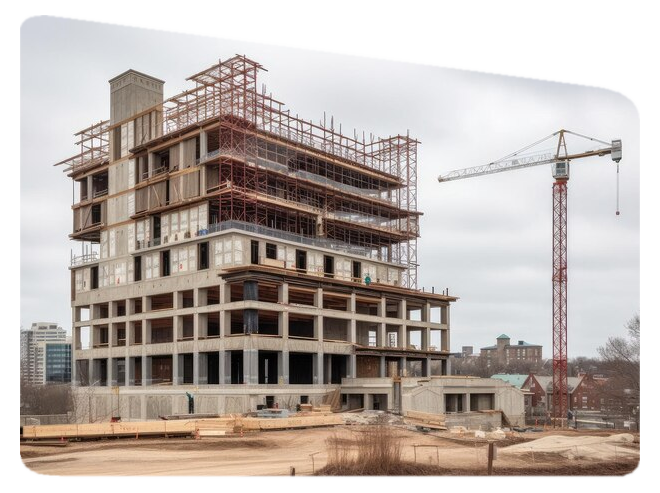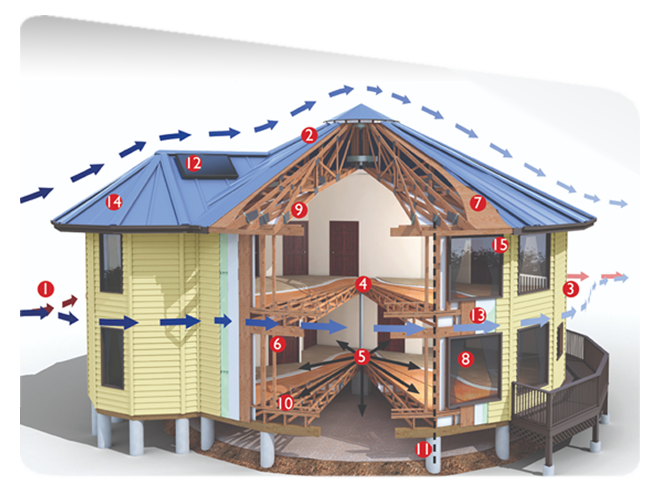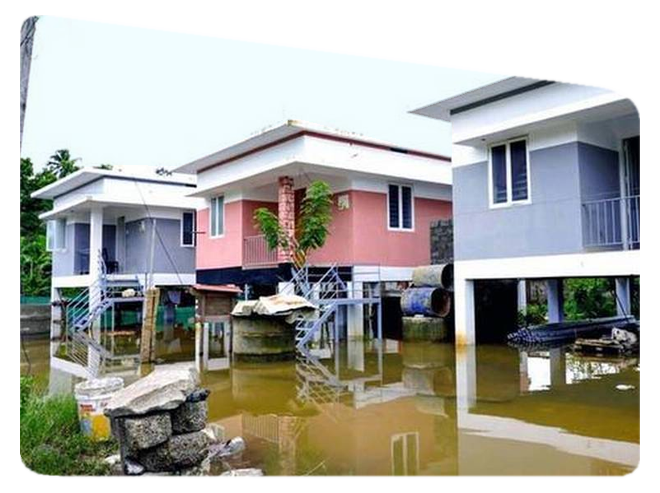+91-9761000203, +91-8126477725, +91-9411552512
resilinfras@gmail.com
Natural calamities can have a devastating impact on communities, destroying infrastructure and leaving people vulnerable.
Structural Engineering is the process of creating buildings and structures that can withstand external forces such as natural calamities. Natural calamities such as earthquakes, floods, and hurricanes have a severe impact on the infrastructure of the affected area. It can provide solutions to reduce the damage caused by these calamities and save lives.
Structural Engineering can help mitigate these effects by creating buildings and structures that are resilient to natural disasters. Our team of experts can help you learn more about how to protect your community.

Structural design can help mitigate natural calamities by making buildings and structures more resilient to their forces. For instance, in an earthquake-prone area, buildings can be designed to withstand strong ground motion. Similarly, buildings in hurricane-prone areas can be reinforced to withstand high-speed winds.

Seismic design is the process of creating buildings and structures that are resilient to ground motion. Common types of seismic designs include base isolation and seismic dampers.

This design involves reinforcing the building structure to withstand hurricane-force winds. Common solutions include creating wider foundations or installing hurricane shutters and impact-resistant glass.

Flood proof design involves creating buildings and structures that can withstand water penetration. Design considerations may include waterproofing or raising the structure's foundation level.
Structural designs can help save lives by creating more robust buildings that can withstand the forces of natural calamities.
By mitigating the impact of natural calamities, structural design can reduce property damage and repair costs.
Creating disaster-resilient infrastructure can speed up recovery efforts by providing a stable foundation to build upon.
Structural design ensures a safe living space by creating disaster-resilient infrastructure.